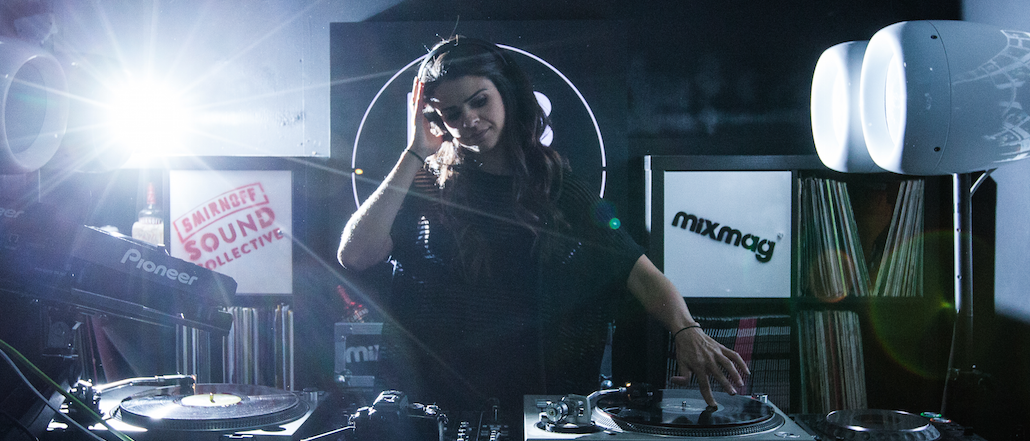
Mixmag has come a long way from its ’80s roots as a dance-music newsletter for ravers, becoming an established media company for the digital age.
While it still has a 16,000-circulation monthly magazine, down from 110,000, Mixmag Media Network exists mostly on its 18 YouTube channels. Taking a page from media types like Vice, it connects new artists with brands eager to reach the 22 million millennials who follow Mixmag on its 18 YouTube channels.
With Smirnoff, for example, Mixmag will live stream new DJs and artists from its London, Sydney and Los Angeles offices every Friday to bring fans closer to the artists. CEO Jerry Perkins explained how adapting to platforms saved the brand.
What was the journey from magazine to digital media network?
When I acquired Mixmag in 2005, print ad and circulation made up 95 percent of the revenue. Three years ago, the magazine nearly died, and we knew we needed more than print revenue to survive. The magazine industry is in terminal decline, although there may be some short-term measures to stave this off, like the MNE going free to reach a broader audience.
But the passion is still there. In 2012, the Mixmag channel was one of the first to receive funding through YouTube’s original content partner programs, so we learned very quickly how YouTube works. I hired two YouTube execs, Rob O’Brian and James Cator, to help build the Mixmag Media Network in May 2014. Now, 85 percent of the revenue comes from events and making content for brands.
So are you a multichannel network (MCN)?
We’re a hybrid. We don’t sell advertising, but we can complement advertisers by making content for them and distributing it to the appropriate network. One of our most successful campaigns was targeting non-gamers about Ubisoft’s latest “Far Cry 4” game. We created a music video for emerging artist Julian Jordan using images from the game. It’s had over 3 million organic views, over 10 times the industry average for being “liked,” and 93 percent of people watched the whole video.
Young people are happy to have brands help break artists. And because we’re in entertainment, rather than news, we can work with brands without losing creative and editorial integrity.
How will services like YouTube Red impact the music industry and what you’re doing for clients?
The music industry needs to worry less about the impact of the free streaming model. It allows you to build a direct relationship with a keen audience and monetize it.
Look at the radio industry: It’s said to be worth over $50 billion (£32.9 billion) by 2018, according to PwC, and that’s an ad-funded, free streaming service.
For clever acts and record labels, there are opportunities. There’s been a tsunami of supply [in music-streaming services,] and increasingly people need to be told what to listen to. We are working with Spotify, Apple Music and YouTube to be that service by using humans instead of algorithms. We have a global editorial team of 38 experts, and although it’s expensive, it’s where we need to keep investing in.
You’re spanning a couple of quite tumultuous industries…
We’re in the middle of three hugely changing industries: the record industry, the media industry and the advertising industry. The success lies in re-organizing all those functions into a vertical by people who know the market.
I can’t see any media company in the next five years that isn’t going down the co-creation of content route; that’s where the revenue is.
Images courtesy of Mixmag.
More in Media

Digiday’s comprehensive guide to what’s in and out for publishers in 2026
Adaptability stopped being a nice-to-have for publishers years ago; it became a survival skill. Here’s a look at Digiday’s guide to what’s in and out for 2026.

Here are the biggest moments in AI for publishers in 2025
Here are some of the moments that defined how publishers adapted to the AI era this year.

Digiday+ Research roundup: Gen Z news consumption and diversification in the DSP space were 2025’s top trends
As 2025 winds down, we rounded up the biggest trends of the year, based on the data that resonated the most with Digiday’s readers.





